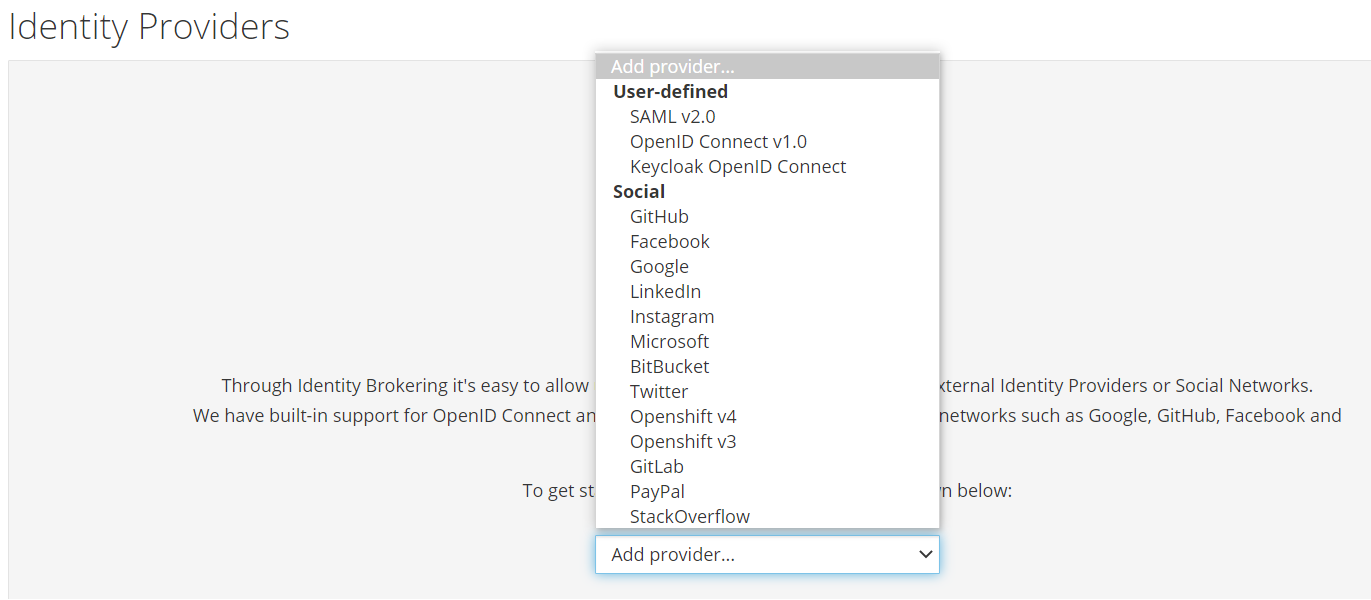...
| Code Block | ||||
|---|---|---|---|---|
| ||||
when:
- key: request.auth.claims[clientRole]
values: ["hwclientrole"] |
Keycloak Client Authenticator
Using X509 certificates
Create the server side certificates using the following script
...
| Code Block | ||||
|---|---|---|---|---|
| ||||
claims["iss"] = "jwtclient3"
claims["aud"] = "https://192.168.49.2:31561/auth/realms/x509"
token := jwt.NewWithClaims(jwt.SigningMethodRS256, claims)
token.Header["kid"] = "AKAwbsKtqu9OmIwIsPOUf5zTJkIC73hzY9Myv4srjTs"
tokenString, err := token.SignedString(key)
if err != nil {
return "", fmt.Errorf("create: sign token: %w", err)
}
return tokenString, nil
} |
Keycloak Authorization code grant
The OAuth Authorization Code Grant flow is recommended if your application support redirects.
e.g. your application is a Web application or a mobile application.
...
Login will trigger a call to the /callback endpoint whcih in turn gets the JWT token and returns it to the user.
PKCE
PKCE stands for Proof Key for Code Exchange and the PKCE-enhanced Authorization Code Flow builds upon the standard Authorization Code Flow and it provides an additional level of security for OAuth clients.
...
curl -H "Authorization: Bearer $TOKEN" localhost:9000
Hello World OAuth2!
See also: golang oauth2
Keycloak Rest API
Documentation for the keycloak Rest API is available here: Keycloak Admin REST API
...
| Code Block | ||||
|---|---|---|---|---|
| ||||
export ADMIN_TKN=$(curl -s -X POST --insecure https://$HOST:$KEYCLOAK_PORT/auth/realms/master/protocol/openid-connect/token \
-H "Content-Type: application/x-www-form-urlencoded" \
-d "username=admin" \
-d 'password=admin' \
-d 'grant_type=password' \
-d 'client_id=admin-cli' | jq -r '.access_token')
echo "ADMIN CLIENT TOKEN = $ADMIN_TKN"
curl -X POST --insecure https://$HOST:$KEYCLOAK_PORT/auth/admin/realms/x509provider/clients \
-H "authorization: Bearer $ADMIN_TKN" \
-H "Content-Type: application/json" \
--data \
'
{
"id": "x509Client",
"name": "x509Client",
"enabled": "true",
"defaultClientScopes": ["email"],
"redirectUris": ["*"],
"attributes": {"use.refresh.tokens": "true", "client_credentials.use_refresh_token": "true"}
}
' |
Keycloak SSO & User management
Identity Providers
You can use keycloak for single-sign so users don't have to login to each application individually.
...
See the "Identity Providers" menu in the keycloak UI.
User Federation
You can also use existing LDAP, active directory servers or relational databases for user management if this is required.
...
See the "User Federation" menu in the keycloak UI.
Keycloak Authorization services
...
